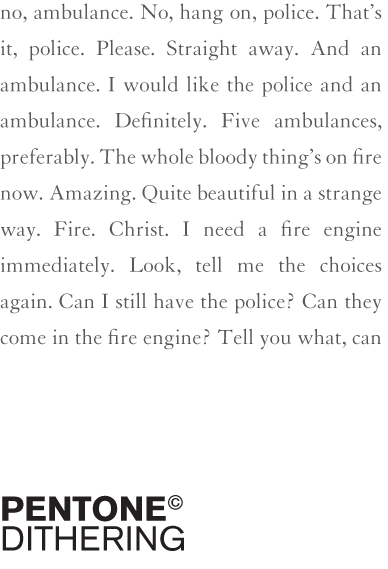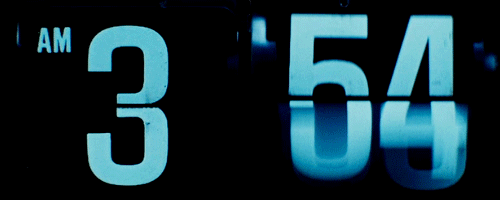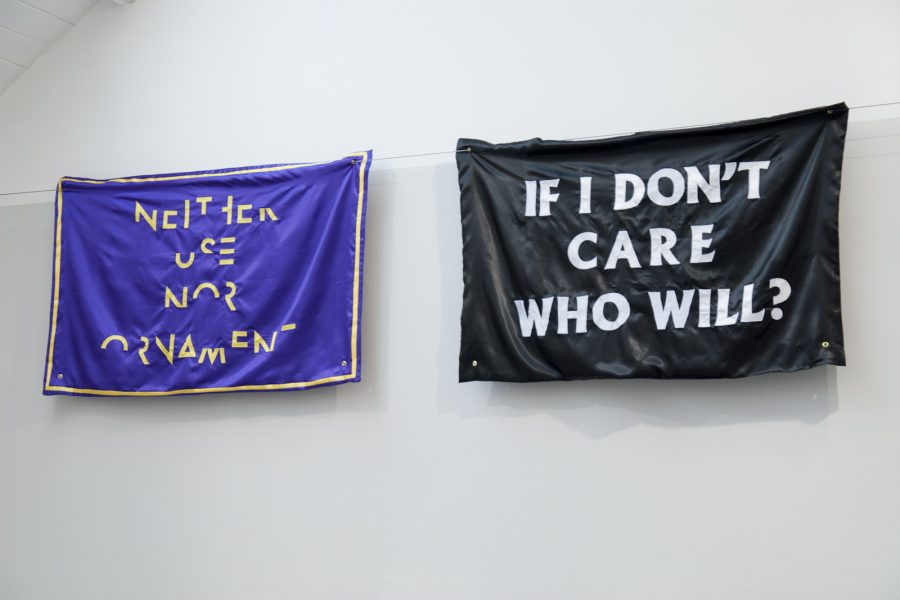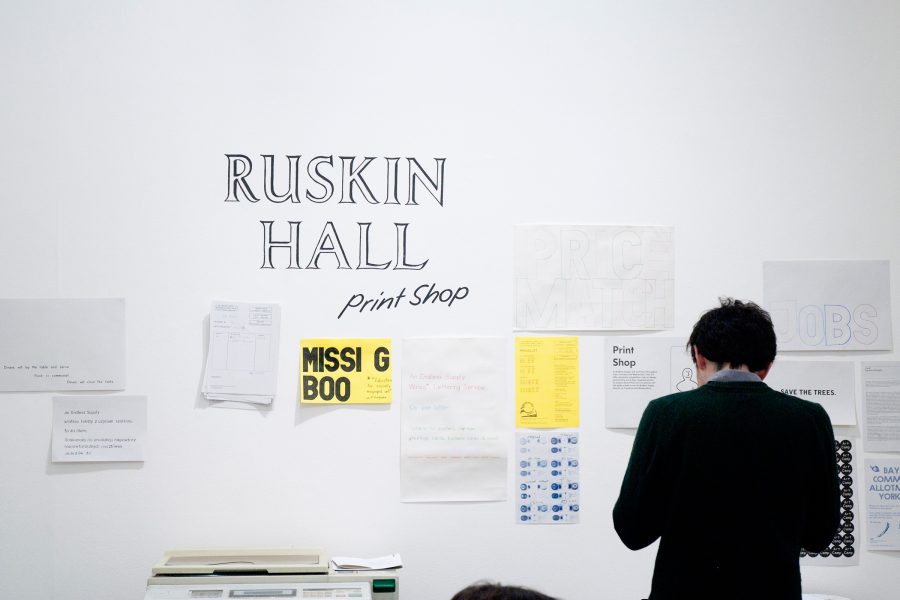What happens when designers make work that is free from a client, brief or fee?
Part 2
In the book Time Binds, American queer theorist Elizabeth Freeman pulls apart and interrogates temporal givens. For her, time – that is the setup of seconds, minutes, and hours; days, months and years – is not a benign naturally occuring phenomenon, it is a man made system, an artificial grid that divides physical and mental life into discreet moments of temporally assignable activity. This conception of time is the fundamental basis from which institutions – schools, corporations, governments – monitor and rationalise the regulation of human behaviour and the construction of lifestyle norms based on ideas of procreation and progess. Freeman calls this chrononormativity, or ‘the use of time to organize individual human bodies toward maximum productivity’. For Freeman ‘chrononormativity is a mode of implantation, a technique by which institutional forces [the eight hour working day and five day working week] come to seem like somatic facts’.
One of the basic differences between artists and designers (of all ilks) is that artists are traditionally, or romantically, percieved as individuals who don’t follow normal routines and societal norms. They’re drop outs, misfit citizens outside of time. Artists don’t punch a clock or form part of a production line, they’re slaves to nothing except their own wills and whims; designers, by way of the client, brief, and fee, are inextricably yoked to it.
However, through After Hours’ curatorial device of allowing work to be produced for its own sake, the designer is able to step outside of their temporally locked condition. That is to say their mode of being is no longer superimposed onto an artificial temporal grid, like the British photographer Edweard Muybridge’s chronographic subjects.

The benefit of standing outside a system is that you’re able to survey it from a position of detachment. From outside the framework of chrononormative time three designers in After Hours exhibited artworks considering aspects of their previous conditions within it. Most direct was Jamie Ellul’s Time is Money (2012), a functioning clock whose numbers have been replaced by coins. The signification couldn’t be more clear: minutes, hours and seconds are linked to the loss or gain of capital. Jack Renwick’s Metamophosis (2013), a wardrobe full of mothbitten clothes Renwick mended with badges, at first seems a battle against material degradation, but the neat labelled compartmentalisation of her cupboard, separated according to clothing type (i.e. sundries, pyjamas, underwear, ties), speaks of a certain beuraucratic fastidiousness, a technique of organisation designed to minimise time wastage that has seeped from the office into everyday life. Finally Nick Asbury’s conceptual work Pentone, 2006-2013, pictured above. A linguistic version of the pantone colour match system, Pentone presents different samples of English language types. With categories like political, drunk, persuasive, and comments, Asbury also highlights a certain residue of time management through the suggestion that modes of communication can be broken into a categorical system. A system that could, if necessary, function like a cognitive lookup table in which the messy business of inter-relation is broken into neat, machine referable chunks.
Curated by Nick Eagleton, UK Creative Director of design agency The Partners, After Hours was an exhibition at Jerwood Space from 15 May – 23 June, 2013. It closed yesterday.



